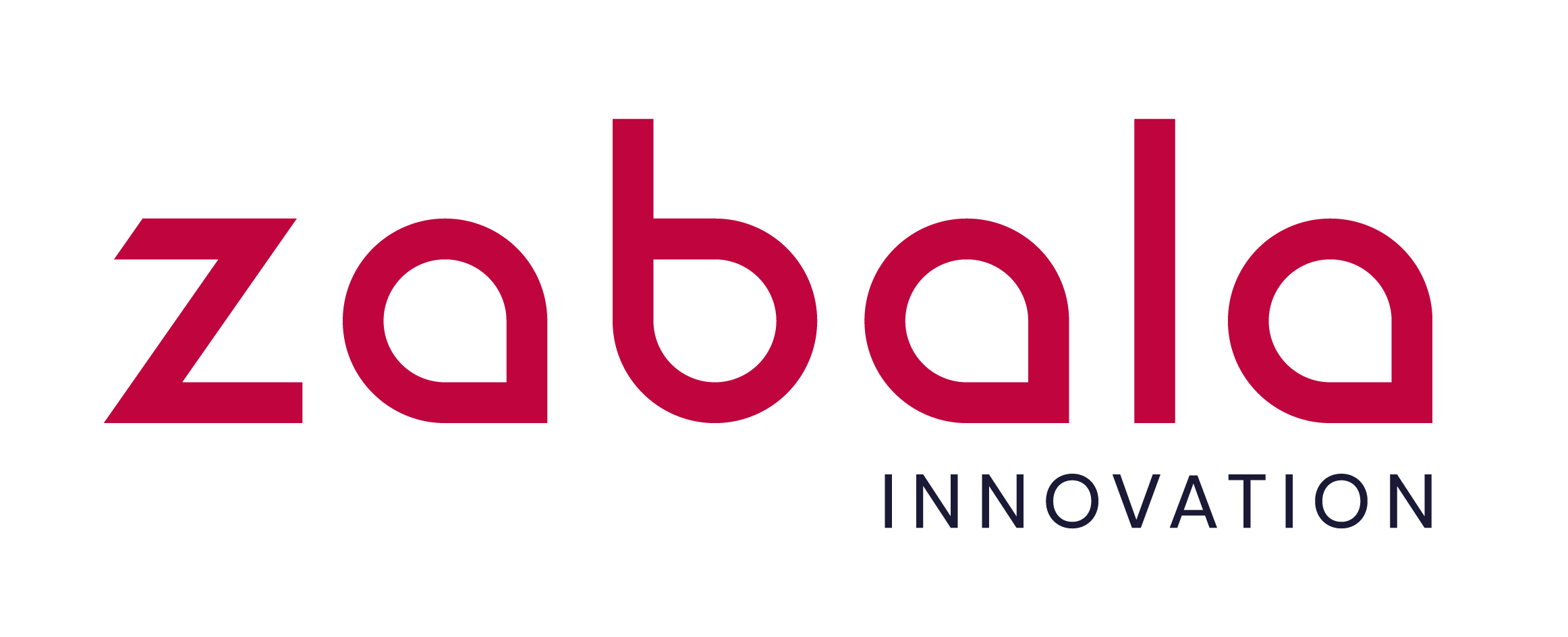This article provides a guide on RFID Frequency Ranges: LF, HF, UHF, and Microwave. We will explore how these frequencies enable a variety of applications, providing clarity to make informed decisions in the exciting world of radio frequency identification.
RFID System Frequency Ranges
Radio Frequency Identification (RFID) is a technology that uses electromagnetic fields to automatically identify and track tags attached to objects. These tags contain electronically stored information, which can be transmitted to an RFID reader via radio waves. One key factor to consider when implementing an RFID system is the frequency range in which it operates. In this article, we will delve into the different frequency ranges of RFID systems and their applications.
Low-Frequency RFID (LF)
Low-frequency RFID operates at frequencies between 30 kHz and 300 kHz. This range allows shorter reading distances, typically up to 10 centimeters. LF RFID is commonly used for access control, animal tracking, and keyless entry systems. These tags are also less susceptible to interference from liquids and metals, making them suitable for challenging environments.
High-Frequency RFID (HF)
High-frequency RFID operates at frequencies between 3 MHz and 30 MHz. This range offers longer reading distances, typically up to 1 meter. HF RFID is commonly used in applications such as library management, public transportation payment systems, and inventory tracking. The shorter wavelengths used in HF RFID allow for small tag sizes, making them suitable for embedding in objects like credit cards and passports.
Ultra-High-Frequency RFID (UHF)
Ultra-high-frequency RFID operates at frequencies between 300 MHz and 3 GHz. This range provides even longer reading distances, typically up to 12 meters or more. UHF RFID is widely used in supply chain management, asset tracking, and retail inventory management. Due to its longer range, UHF RFID allows efficient simultaneous reading of multiple tags.
Microwave Frequency RFID (MW)
Microwave frequency RFID operates at frequencies above 3 GHz. This range offers the longest reading distances, typically up to several meters. MW RFID is commonly used in applications that require high-speed data transfer, such as toll systems and vehicle identification. However, MW RFID tags are larger and more sensitive to interference from liquids, metals, and other obstacles.
Benefits of Different Frequency Ranges
Each frequency range in RFID systems has its own advantages and applications. Here are some key benefits:
Interference Resistance
LF RFID tags, operating at lower frequencies, are less affected by interference from liquids and metals. This makes them suitable for environments where this interference is common, such as near water or metallic surfaces.
Reading Distance
Higher frequency results in a longer reading distance. UHF RFID offers the longest reading distance, allowing mass reading of tags without the need to scan each tag individually. This makes it highly efficient for supply chain management and inventory tracking.
Tag Size
HF RFID tags, operating at higher frequencies, can be manufactured in smaller sizes. This makes them suitable for embedding in small objects like credit cards and passports, enhancing their security and convenience.
Data Transfer Speed
MW RFID systems, operating at microwave frequencies, offer high-speed data transfer. This makes them ideal for applications that require rapid and efficient data exchange, such as toll systems on busy highways.
Understanding the different frequency ranges of RFID systems is crucial when selecting the most suitable technology for specific applications. Whether it’s the shorter reading distance of LF RFID, the small tag size of HF RFID, the extensive reading distance of UHF RFID, or the high-speed data transfer of MW RFID, each frequency range offers unique benefits and capabilities. By choosing the right frequency range, companies can optimize their RFID implementations and achieve greater efficiency and enhanced productivity.
Contact us for more information focused on your needs. If you wish to receive information about RFID technology, subscribe to our magazine.






